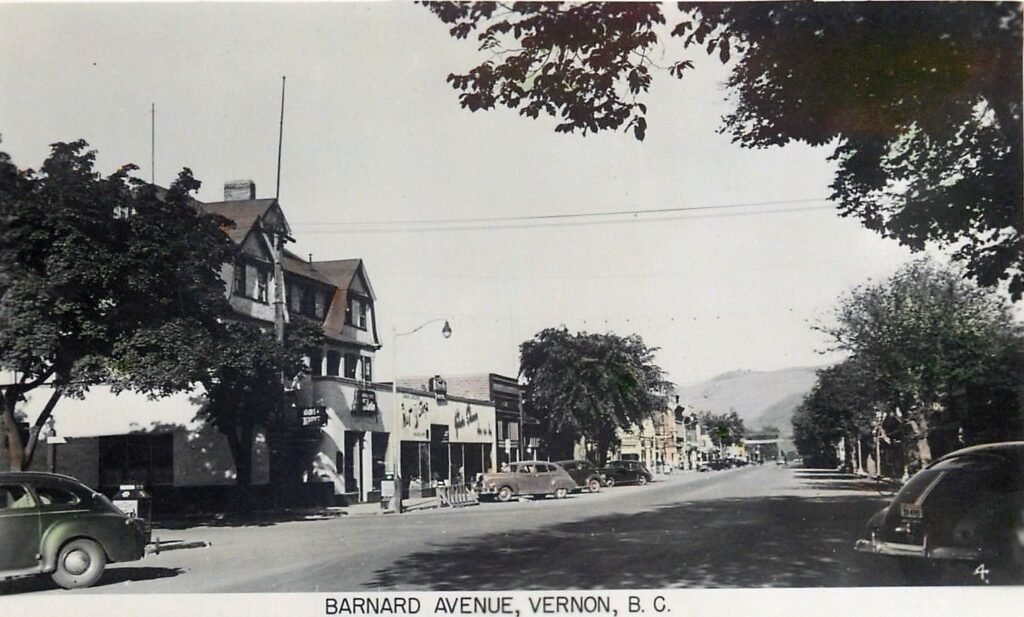Vancouver Island looked very different in 1962 than it does today. A new video by Vernon historian and videographer Francois Arseneault captures life on the island more than six decades ago. His work takes viewers on a journey from Victoria to Port Hardy, showing how much has changed over time.
Arseneault recently shared a long-lost British Columbia government promotional film made in 1962. “Produced more than 60 years ago, this forgotten film tells the story of Vancouver Island through a mid-century lens,” he said. At that time, neither BC nor Canada had reached 100 years of age.
The color footage shows parts of the island that were still largely isolated. Roads and highways had yet to connect areas like Long Beach and Port Hardy. The film moves at a slow pace, reflecting the style of editing typical in that era. Scenes include blooming daffodils in Victoria, everyday fashion, and the horn-rimmed glasses popular at the time.
Daily life in 1962 appears both familiar and quaint. Horse-drawn carriages shared streets with pedestrians, and sailboats dotted the inner harbors, a sight that remains common today. Viewers also spot landmarks that have since been surrounded by modern buildings.
Much of the film celebrates Vancouver Island’s natural beauty. There is abundant footage of forests, beaches, and wildlife, capturing the island’s unique environment before urban growth intensified. Towards the end, the historic Uchuck III ferry appears. This vessel is one of only a few from that era still operating today, serving as a living piece of maritime history.
Arseneault is known for his dedication to preserving historical footage. He continually searches for vintage films and encourages people to share information or personal memories related to the footage on his YouTube channel. His goal is to provide context and deepen understanding of the island’s past.
The historian’s collection includes a wide array of old films, documenting life in British Columbia and beyond. Arseneault believes that old footage has the power to connect people to the past and give new generations a sense of how communities and landscapes have evolved.
In addition to showing scenic locations, the film captures moments of everyday life. Children play along the waterfront, locals gather in town centers, and seasonal events like flower festivals are documented in vibrant color. These snapshots offer a glimpse into the culture, lifestyle, and environment of early 1960s Vancouver Island.
For researchers, history enthusiasts, or anyone curious about the island, Arseneault’s work provides a valuable resource. Each film segment is an invitation to explore Vancouver Island’s history and reflect on the changes over the last sixty years. From small towns to natural landmarks, the footage preserves the charm of a time long past.
Arseneault emphasizes that the public can help improve the historical record. Viewers are encouraged to comment, provide details, or share stories related to the footage. This collaborative approach helps ensure that the island’s history is accurately documented and preserved for future generations.
Vancouver Island vintage footage offers more than nostalgia. It shows the transformation of landscapes, communities, and daily life. Arseneault’s work reminds us that while times change, the island’s natural beauty and cultural heritage remain enduring treasures.
As he continues to expand his archive, Arseneault hopes to uncover more films that capture forgotten moments in British Columbia’s history. Every new discovery adds depth to our understanding of the past and helps preserve memories that might otherwise be lost.

